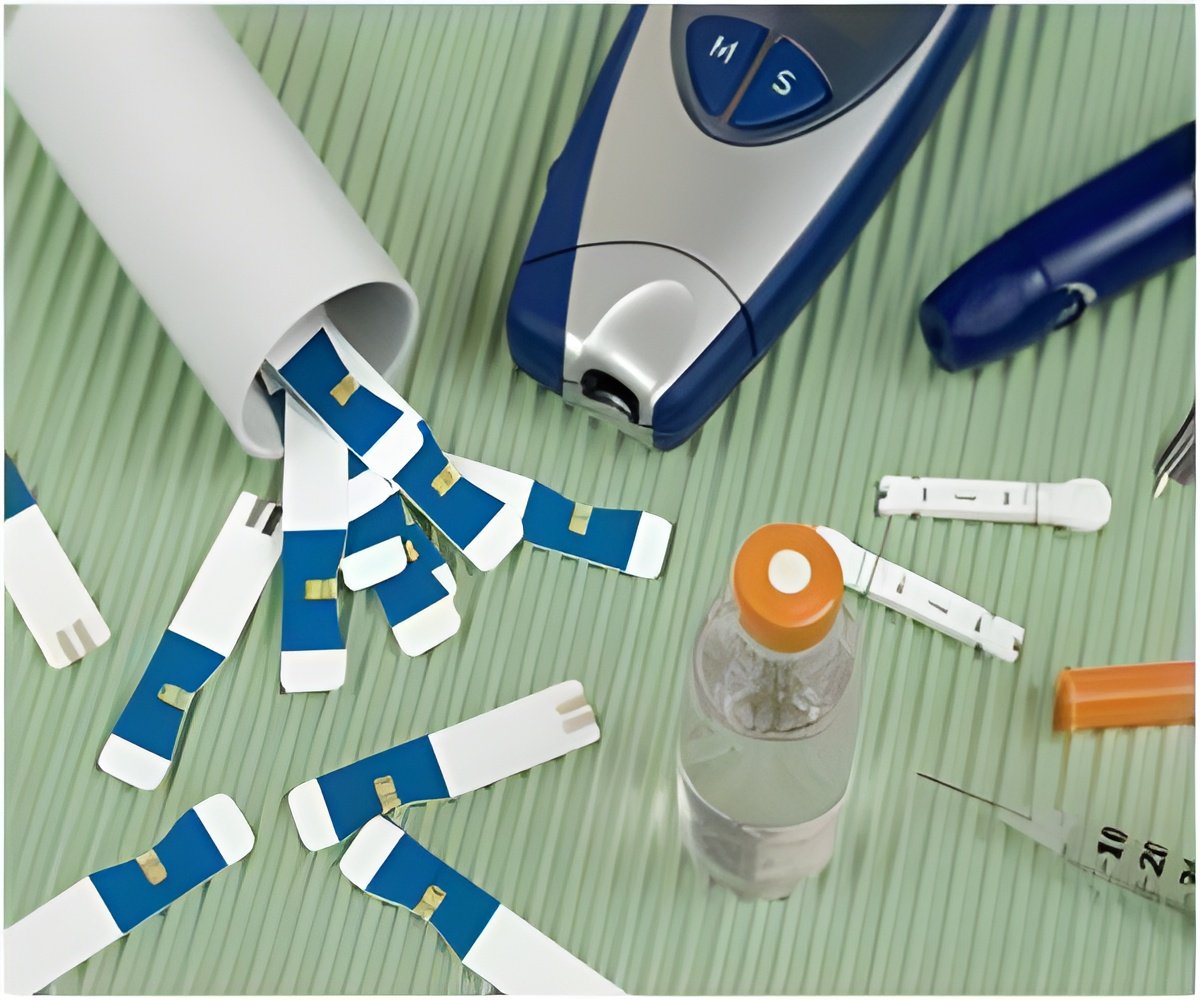
"If you control these switches, you can control the production of glucose, which is really at the heart of the problem of type 2 diabetes," says Marc Montminy, professor and head Salk's Clayton Foundation Labs for Peptide Biology, the journal Nature reports.
The need for new drugs is accelerating, says Montminy, as almost 26 million Americans have type II diabetes, and an estimated 79 million people are at risk of developing the condition. Diabetes is the sixth leading cause of death in the US, and treatment costs are estimated at $116 billion annually, according to a Salk statement.
In order to develop new and effective treatments for diabetes, researchers need to understand the complex and delicate biology behind human metabolism as well as the disorders that develop when this finely tuned system is out of balance, Montminy says.
During the day, humans burn glucose, derived from the food we eat, the fuel that supplies the muscles and other parts of the body expending energy. At night, when we sleep, we revert to stored fat as a source of very dependable but slowly released energy.
But certain parts of the body, most notably the brain, require glucose as a source of energy, even when we fast.
Advertisement
This process is reversed when we feed, and when the pancreatic islets release insulin, which tells the liver to stop making glucose. Thus glucagon and insulin are part of a feedback system designed to keep blood glucose at a stable level.
Advertisement















